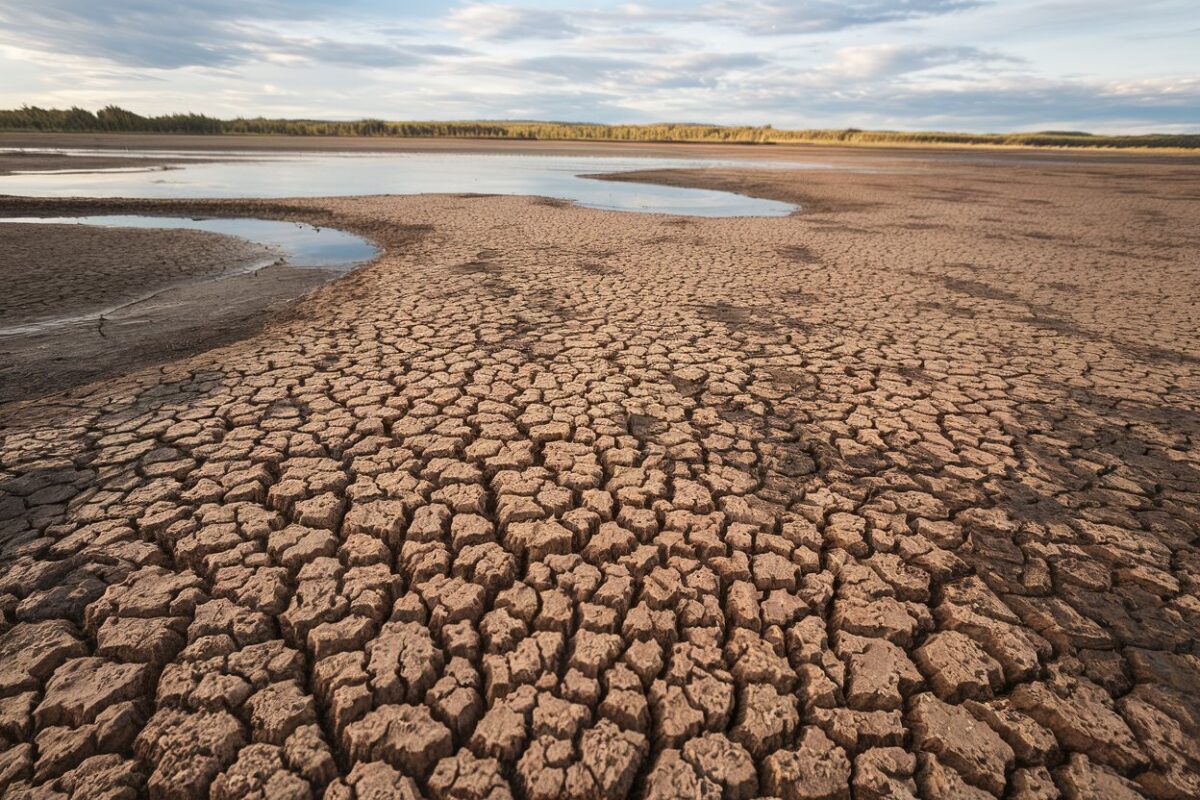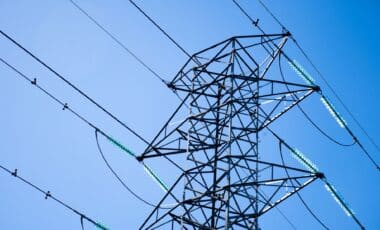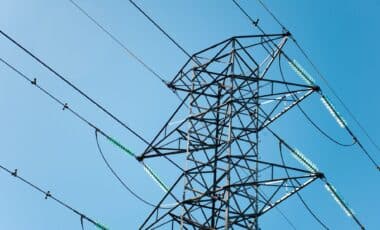Energy policy in Australia is under renewed scrutiny as the Coalition’s proposal to replace aging coal-fired power stations with nuclear reactors faces mounting criticism. A new analysis reveals that the plan could require an extra Sydney Harbour’s worth of water annually, adding further complexity to the debate over the nation’s energy future.
While much of the political discourse has centred on the economic feasibility of nuclear energy, this new concern raises serious questions about the sustainability of such a plan in a country already grappling with water scarcity.
The analysis, supplied by the federal government, underscores the significant water demands of nuclear reactors, which require substantial amounts for cooling. Nuclear plants consume 1.4 times more water than coal-fired stations, with a 1,600 MW nuclear facility using around 2,000 litres of water per second.
The figures indicate that replacing six coal-powered plants with nuclear reactors would necessitate an additional 508,000 megalitres of water each year—roughly equivalent to the volume of Sydney Harbour.
Water scarcity a pressing issue in the nuclear debate
The Australian government’s analysis has prompted immediate concern from Labour, who warn that the country’s already strained water resources may not be able to support such an energy transition.
“Australia is the driest inhabited continent in the world,” said Chris Bowen, Minister for Climate Change and Energy. “Where will the water come from, and who will pay for it? Will farmers foot the bill, or will communities be left without reliable drinking water?”
In particular, the implications for regional communities are concerning. As some proposed nuclear plant locations—such as Port Augusta in South Australia and Collie in Western Australia—do not currently hold water licenses, the challenge of sourcing sufficient water for cooling could be even more problematic.
Minister Tanya Plibersek expressed concern over the potential for leaving communities without access to essential water resources during periods of drought.
Balancing nuclear energy with environmental sustainability
Proponents of the Coalition’s plan, including National Party leader David Littleproud, have dismissed these concerns, asserting that water supplies for nuclear plants would be restricted to the existing entitlements of former coal stations. However, the government’s new analysis challenges this position, emphasising that the water requirements for nuclear power could significantly exceed those of coal plants.
At the heart of the issue is not just the volume of water required, but the potential strain on an already vulnerable supply system. Australia’s chronic droughts, exacerbated by climate change, mean that water security remains a central issue for policymakers. Critics argue that relying on nuclear energy may exacerbate the risks associated with water scarcity, undermining the long-term sustainability of such a solution.









